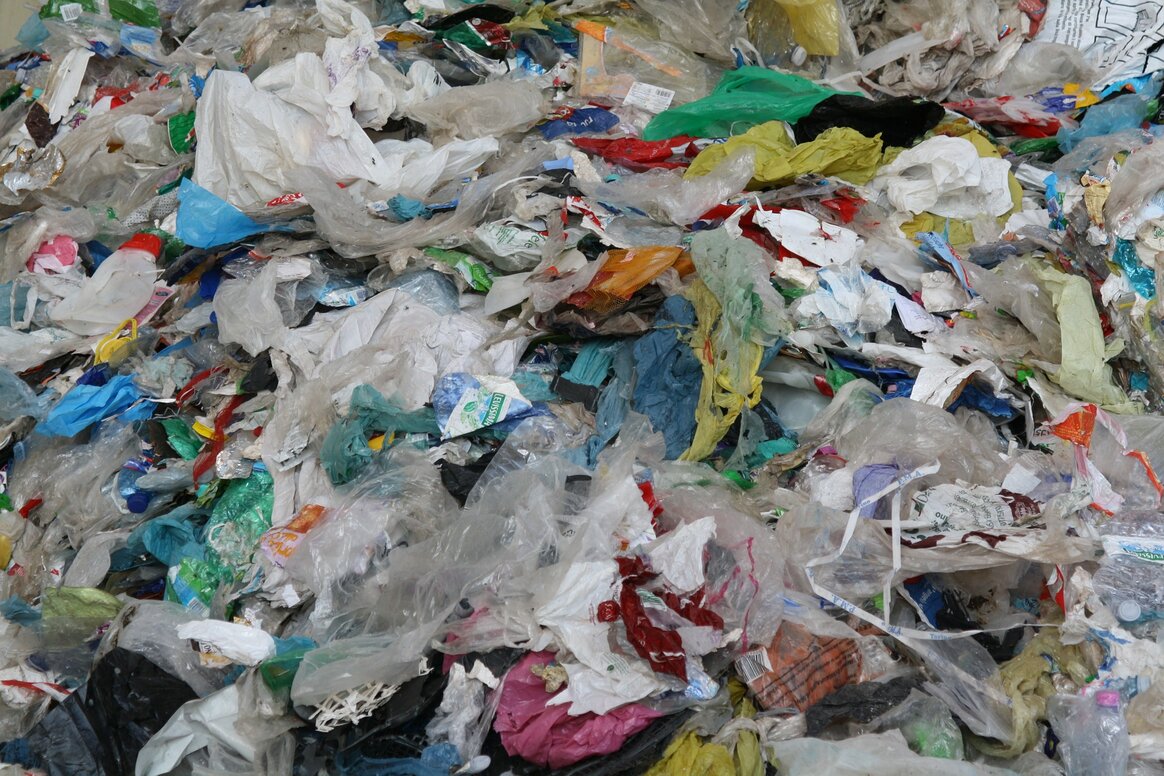
 Favorite (9)
Favorite (9)

Currently, their usual fate is the incineration plant for energy generation – and this applies to more than half of consumer plastic waste. This is where chemical recycling comes into play. While established mechanical recycling technologies are often based on sorting, melting and reshaping, chemical recycling goes one step further: The material is broken down into its monomers or even smaller molecular structures which can then be used to rebuild a broad range of new materials.
Thus, chemical recycling is not only flexible with regard to its feedstock, but also in terms of the products that can be made from the intermediates generated by chemical recycling – even up to replacing naphtha or other fossil resources with recycled or bio-based feedstock at the very beginning of the chemical production chain, leading to virgin-grade products.
Although chemical recycling is a very versatile tool, it comes at a price: When closing recycling cycles, the general rule is that the smaller the intermediary fragments into which a molecule is split, the more energy is required. The “softest” version of chemical recycling is the depolymerization of specific plastics fractions by solvolysis. It is often applicable to polyester-based systems and results in monomers such as di-methylterephtalate or polyols.
For some polyester factions, recovery of up to 90% of monomers has been reported. If the process includes steps for the removal of impurities e.g. at high vacuum and elevated temperatures, up to 50 % of raw materials can be replaced by recycled material without compromising quality. Thermochemical processes are more drastic: Pyrolysis of mixed plastics waste of low quality or complex composition is performed at temperatures above 300°C in an inert atmosphere. Polymers are split into shorter chains or fragments. The output - oils and gases of variable composition - can be fed into refineries and chemical plants.
Gasification takes the idea to the extreme: At 1000-1200 °C, the material is broken down into the smallest possible units, resulting in mixtures of carbon monoxide and hydrogen. The so-called “synthesis gas” is a standard feedstock e.g. for the production of methanol.
It may sound as if chemical recycling is a “jack of all trades” for waste, but apart from energy demand, there are some other restrictions that need to be considered and some questions that need to be answered before an economic scale-up of the technologies is possible:
Pyrolysis also requires hydrogen to get rid of double bonds or aromatic structures and also to guarantee necessary carbon-hydrogen relations for further processing. This hydrogen needs to be made available on top of the hydrogen required for the transformation to a fossil-free chemical production. Other practical questions include logistics and the necessity of new cooperations: So far, the chemical industry has not been part of the recycling system. Some chemical companies are now leading the way, joining forces with waste collecting and recycling companies to establish new value chains.
"Keeping the cycles as small as possible" should be the aim: Creating water bottles from water bottles with as little energy input as possible is a great solution and should be the method of choice wherever applicable. Which recycling route can finally be taken is decided long before the consumer puts the empty package in the waste bin: Product designers should be aware of recycling options and develop products that are as homogeneous as possible in relation to the material used, avoiding the use of composite materials or additives.
Even the color of a plastic product is not only a matter of taste, but may improve or hinder its recyclability: Automatic sorting lines have trouble distinguishing black plastic from the conveyor belt that it lies on, and so the major proportion ends up in the waste streams for incineration instead of the recycling plant. And even the presumably sustainable biobased plastics throw a spanner in the works of the system, requiring more complex collection and sorting systems to ensure recyclable materials streams.
.jpg?format=.jpg&upscale=False&x=1164)
Depending on the waste qualities, mechanical and chemical recycling processes should be applied in cascades, i.e. as complementary processes, in order to optimize recycling as a whole while achieving the highest possible economic efficiency.
Chemical recycling can become one pillar that the circular economy and the defossilization of the chemical industry rely on, and it should be developed and exploited further. But in the end, a sustainable future rests on the shoulders of all: producers, consumers, political decision makers and the recycling industry.

DECHEMA e.V., Frankfurt am Main, DE
Website: www.dechema.de
From »inno« 81: https://www.ivam.de/news/inno/inno_81_sustainability